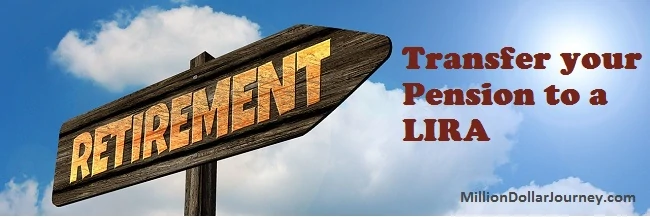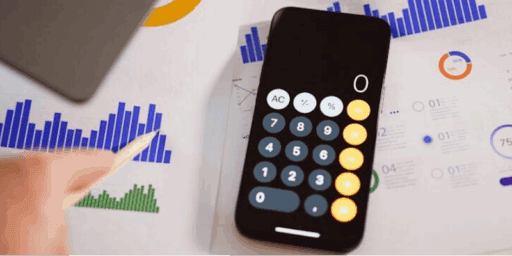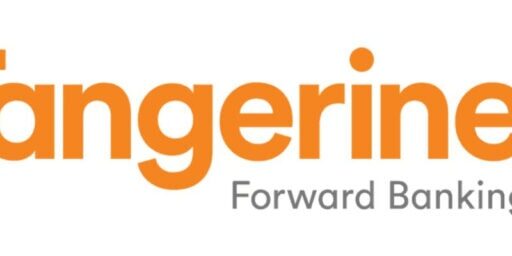How to Transfer a Work Pension to a LIRA
When my wife recently left her career in health care, there was a bit more administrative work than expected. One of these administrative items was to decide what to do with her accrued pension with her work place. Technically, there are two pensions that we have to deal with. The first was a “defined benefit” pension that was accumulated while working full time at the hospital. The second “defined contribution” pension started when she switched from full time to part time hours after our first child was born.
Pensions Explained
At a high level, a defined benefit pension is where an employee contributes to a plan, and the employer (typically government) guarantees a payout during retirement age based on how many years you’ve worked, and your income during that time (typically an average of your last five years salary). These are often called gold-plated pensions as all of the market risk is on the employer. As you can imagine, these types of plans are very costly to the employer and government is likely the only employer left offering this benefit.
Most companies (and now even some government entities) offer defined contribution plans. In this type of pension, you contribute a certain allowable percentage of your salary and the employer will match that amount. The pension in this case is very similar to an RRSP where you can pick and choose your investments. In this arrangement, the employer has de-risked itself as they do not provide any guaranteed income in retirement. Basically, the employee lets the account grow over the years, and withdraw from the account to support expenses during retirement.
If you’re interested in more detail, check out my article on the differences between the two pensions. For now, I’m going to focus the remainder of this article on the defined contribution plan (DCP) – just because I recently completed this transfer and will be working on the defined benefit pension early in the new year.
Leave or Stay – Our Pension Options
Once the resignation from the hospital was made official, we received a package on our options on what to do with the DCP. We were basically given two options:
1. Leave the account with the pension company Great West Life (GWO), and let them switch it to one of their internal portfolios.
With this option, GWO offered to keep the funds (about $20k) within their portfolios and only charge us 2% – with reduced fees as the amount managed grows. For those of you who follow this blog, you will know that 2% is way too much for portfolio management.
Even with the most expensive mutual fund providers, you can usually pick their indexed mutual fund products in the 1% range. For me though, even 1% is not low enough. Reducing your MER from 2% to a simple ETF portfolio with a MER of 0.30% can result in a 60% difference in portfolio size over 30 years. If you had the choice, would you pick $1M over $600k?
2. Transfer the assets into our own LIRA
As you probably guessed, as most of our assets are already self-directed, we opted for the second choice and transferred the money from GWO to a locked-in registered account (LIRA).
What is a LIRA? It’s essentially an RRSP that allow assets to grow tax free, but you have to wait until a certain age before you can withdraw from the account. The minimum withdrawal age depends on the province that the LIRA is registered, for NL, it’s 55 (here’s a resource for other provinces). There are other special circumstances that allow access to a LIRA including financial hardship, spousal support, a life threatening health issue, or becoming a non-resident of Canada.
Process of Transferring a Pension to a LIRA
- Setup a LIRA (if you don’t have one already) – There was one issue with choosing to transfer assets to a LIRA, we didn’t have a LIRA setup! Basically all major discount brokerages in Canada offer LIRA’s, but since my wife already had assets with Questrade, we decided to keep it all together and open a LIRA with Questrade (full review). The process of opening a LIRA was relatively painless and allowed us to complete almost everything online (except one beneficiary form that had to be mailed in).
- Send Pension Company the Transfer Form – Once the LIRA was opened (it took us about a week in total), we filled in the information required in the transfer form provided by GWO. In addition to the transfer instructions, we needed to include an “Addendum for Locked-In Retirement Accounts” which was provided by Questrade.
- Wait for the money to show up! Upon sending the transfer instructions to GWO, the money showed up in the new LIRA about 7 business days later. Much faster than I had expected. So now we have another $20k to invest which will likely be indexed with ETFs like the rest of my wife’s portfolio.
Final Thoughts
So that was our relatively painless adventure of transferring a pension into a new LIRA. One thing I should note is that not all employer DCP’s require that you transfer into a LIRA. Some will allow you to transfer to an existing RRSP – best bet is to contact your provider for more details.
I've Completed My Million Dollar Journey. Let Me Guide You Through Yours!
Sign up below to get a copy of our free eBook: Can I Retire Yet?











Hi FT,
I’m in the process of transferring my DB to a LIRA and a RRSP both in Questrade. For the transfer form, it requires the signatures of the authorized officers at the financial institution receiving funds, in this case, Questrade. How did you go about getting these signatures?
Thanks in advance for your help.
Hi Ellen, best bet would be to use the “chat” feature with Questrade. They were super helpful when I did my transfer.
Thank you FT. Your answer feeds my theory that the bank should not have issued an RRSP rcpt. For now, I’ll ignore the bank rcpt. and file. Later, I will pursue this. BTW, the client seems to have a LIF now. (Life Income Fund if I remember correctly.)
Gaffer, when we transferred from a defined benefit pension to a LIRA, we did not receive a contribution slip. I believe a slip is issued if the commuted value of the pension is too large for the RRSP/LIRA.
Addendum #2 the issuer, OMERS, said no reporting is necessary as it was a direct transfer. They will not issue any income slip. This means the Bank should not have issued a contribution receipt. s.60L is only for deductions from income, and since there is no income to deduct the amount from… Also s.60 is for RRSPs and RRIFs. But this amount comes from a private OMERS pension. I will pursue after tax season.
Addendum: The bank called it a S. 60(L) ITA transfer.
What tax slips were issued at year-end with respect to the transfer, and how did that affect the tax return. My client’s spouse passed away and her private pension was transferred to the client’s account (probably a LIRA). Problem is the bank issued a half million RRSP contrib receipt. I’m thinking this is a mistake.
I’m retiring in 28 days (yay) at the age of 62. I have to move my company shares out of a Solium acct and don’t know what to do with them.
The only thing I don’t like about these transfers is being out of the market, not sure if there is a way to transfer some mutual funds “in kind” as they are usually not offered outside the plan provider.
Hi FT,
Do you know if IB offers this LIRA? Currently have RRSP with them and would be nice if can have LIRA with them too. I looked at their website and it looks like they only offer two registered accounts RRSP and TFSA.
Thanks!
Thanks for the very good article.
I believe in the third paragraph you mean that the employer has de-risked itself, not the employee.
Steve
Thanks for catching that Steve – fixed!